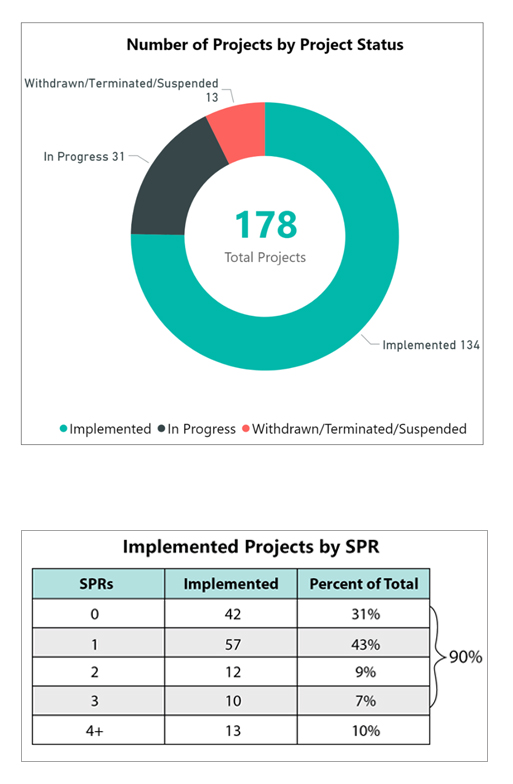When people, especially those in California, think of technology, undoubtedly Silicon Valley comes to mind. There’s a good reason for that – Silicon Valley continues to be the leading tech ecosystem in the world. Apple, Google, Adobe Systems, and a long list of other distinguished companies call it home. And yet, the heralded saying in this technology hotbed is: Fail fast. It may be a tongue-in-cheek adage but it is one supported by a variety of sources, including a 2017 Harvard study on tech company startups that reported 75% of venture capital-backed tech startups fail. So, why would Silicon Valley rise to the top when we think about technology? The answer is simple: perception, or perhaps it’s a misperception that we tie tech successes with Silicon Valley.
The California Department of Technology (CDT) has had its share of misperceptions as well; such as more State IT projects fail than succeed, don’t stick to planning and come in over budget. If we continue to be fed a steady diet of these misperceptions then, just like with Silicon Valley, we’ll accept them without a second thought. Now, let’s set the record straight about State IT projects.
 Misperception 1: More State IT projects fail than succeed
Misperception 1: More State IT projects fail than succeed
Looking back through a 10-year window shows CDT has provided oversight to 178 State IT projects. Of those, 134 projects, or 75%, have been successfully implemented and another 31 projects are in progress. The graphic illustrates the status of the remaining 13 projects. However, apart from creating every project itself, CDT provides technical insight and best practices to ensure each project works as intended and, as a result, it provides improved services for Californians.
Before moving on to the next misperception, a little IT project planning background is needed. Basically, IT project planning looks at three key performance parameters: cost, schedule and scope. These three parameters create a baseline and when any one of the parameters changes, the entire project must adapt. Think of it as building a house where any change from the original plan will affect the schedule, the cost and potentially the scope.
Misperception 2: State IT Projects Don’t Stick to Their Plans
For CDT, any variance greater than 10% requires a Special Project Report (SPR) that establishes a new project baseline. An SPR may mean the project is over or under budget, or the scope has changed to accommodate more customers, or a variety of other factors. SPRs give the State greater visibility into IT projects as they evolve to meet business objectives. Change is a necessary part of any project – it’s how that change is managed that counts. As the graphic shows, 90% of the State’s IT projects were completed with only three or fewer SPRs.
Misperception 3: The State Overspends on IT Projects
Somewhere along the line, it is possible, or even probable, that a project will cost more than originally estimated. This can be due to any one of several unforeseen factors, including a customer-mandated change to the original plan. The State IT projects CDT oversees have a good track record of staying on budget – despite the misperception that says otherwise. Ninety percent, or 121 of the 134 State-completed IT projects, resulted in a total cumulative budget variance of only 2%.
There is no question: The State has a long and successful record of delivering projects on time and on budget to the people of California 90% of the time. That isn’t a perception…it’s a fact.

